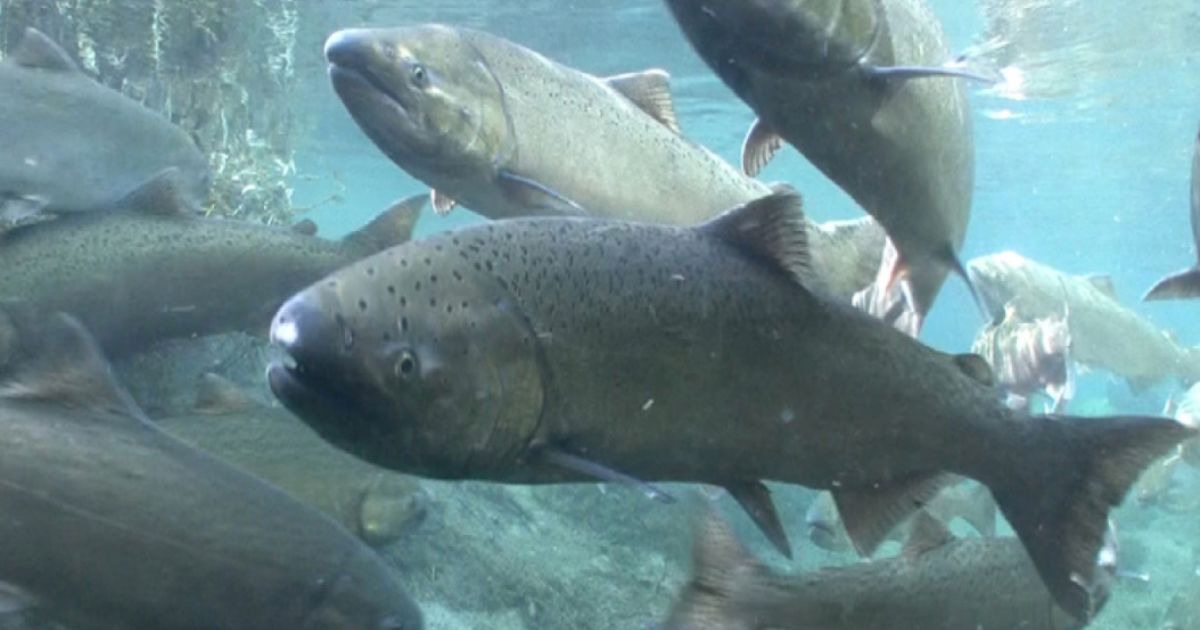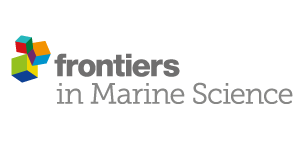The Department of Commerce and NOAA announced more than $106 million in recommended funding for 16 West Coast and Alaska state and tribal salmon recovery programs and projects under the Pacific Coastal Salmon Recovery Fund (PCSRF).
The funds, including $34.4 million under the Bipartisan Infrastructure Law and $7.5 million under the Inflation Reduction Act, will support the recovery, conservation and resilience of Pacific salmon and steelhead in Alaska, California, Idaho, Oregon, and Washington. This funding is part of President Biden’s historic Investing in America agenda, which includes over $2 billion for fish passage investments across the country.
Programs and projects recommended for funding will benefit four Species in the Spotlight: Central California Coast coho salmon, Sacramento River winter-run chinook salmon, Southern Resident killer whales and Cook Inlet beluga whales. In addition, programs and projects recommended for funding will aid in the recovery of 28 salmon and steelhead species listed under the Endangered Species Act (ESA), as well as salmon and steelhead species that are necessary for native subsistence and tribal treaty fishing rights.
“This funding, made possible in part by President Biden’s historic Investing in America agenda, provides an important opportunity to bolster salmon and steelhead recovery and invest in the communities that rely on them,” said Secretary of Commerce Gina Raimondo. “The diligent work carried out by NOAA Fisheries and partners will help ensure the funding reaches regions and fish populations where it is needed most.”
The PCSRF funds will continue expert state and tribal programs that have demonstrated success in implementing high priority and effective projects benefiting salmon populations and their habitats. The BIL and IRA funds will amplify targeted investments in communities, expand partnerships and continue building place-based climate and economic resilience. Of the 16 applicants recommended to receive funding, 11 applicants are individual tribes or tribal commission/consortia including one new tribal applicant.
“The projects recommended for funding will build on PCSRF’s long history of successful conservation and restoration efforts to recover salmon and steelhead populations,” said Janet Coit, assistant administrator for NOAA Fisheries. “These awards will also provide support to Pacific Coast tribes and Alaska Natives to help sustain their communities and cultural traditions in the face of climate change.”
Projects recommended for funding include:
Alaska
- The Alaska Department of Fish and Game’s Alaska Sustainable Salmon Fund will support projects to maintain healthy salmon populations and restore habitats. Projects funded include the protection of water quantity and quality, land conservation, fish passage improvements, removal of invasive species, instream restoration and monitoring of salmon populations. ($6,800,000)
- The Arctic-Yukon-Kuskokwim Consortia will support salmon population research and monitoring to better understand the complex relationships between salmon and freshwater, nearshore, and marine environments, while improving management and recovery of declined salmon populations. ($2,000,000)
- The Qawalangin Tribe of Unalaska will monitor sockeye and pink salmon escapement before contamination removal from Unalaska Lake and Iliuliuk Creek. ($1,383,000)
California
- The California Department of Fish and Wildlife’s Fisheries Restoration Grant Program will fund large-scale process-based habitat restoration projects for salmon and steelhead throughout the state. The projects aim to improve the spawning success of adult salmon and steelhead and increase the health and survival of all life stages of salmon and steelhead. ($18,600,000)
- The Klamath River Inter-Tribal Fish and Water Commission will administer awards to its member tribes to conduct salmon and steelhead habitat restoration activities, monitoring and research. ($2,560,000)
Idaho
- The Idaho Pacific Coastal Salmon Recovery Fund Program administered by the Idaho Governor’s Office of Species Conservation will fund projects compatible with the Columbia Basin Collaborative sustainability goals including enhancing the availability and quality of salmon habitats and improving management practices. ($9,000,000)
- The Coeur d’Alene Tribe will gather data to inform the full-scale feasibility of salmon reintroductions upstream of Chief Joseph and Grand Coulee dams by studying the downstream movement and survival of juvenile Chinook salmon. ($575,000)
- The Shoshone Bannock Tribes will participate in fishery forecasting and in-season management of tribal fisheries on Snake River spring/summer Chinook salmon; and restore and enhance Panther Creek, a tributary of the Salmon River. ($441,000)
Oregon
- The Oregon Watershed Enhancement Board will fund high-priority salmon recovery projects and support the Oregon Department of Fish and Wildlife’s salmon recovery programs that are integral to the Oregon Plan for Salmon and Watersheds. ($20,200,000)
- The Columbia River Inter-Tribal Fish Commission will administer awards to its member tribes based on high priority needs for salmon to include all aspects of salmon recovery including planning and design, implementation, monitoring and research. ($5,300,000)
- The Cow Creek Band of Umpqua Tribe of Indians will restore habitat for threatened Oregon Coast coho salmon and improve salmon habitat complexity and fish passage on land administered by the Tribe. ($2,700,000)
- The Confederated Tribes of Siletz Indians will construct large wood structures on the lower Siletz River as part of the Siletz River Restoration Project to promote habitat complexity and increase the availability and quality of habitat for Oregon Coast coho salmon. ($500,000)
Washington
- Washington's Salmon Recovery Funding Board, through the Washington State Recreation and Conservation Office, will continue work to recover ESA-listed salmon and support treaty fishing rights through habitat restoration and fishery monitoring efforts. ($25,500,000)
- The Northwest Indian Fisheries Commission will administer awards to coastal treaty tribes to restore and protect habitats, conduct monitoring, and enable projects that will help fulfill tribal treaty fishing rights for ESA-listed salmon and steelhead. ($6,300,000)
- The Confederated Tribes of the Colville Reservation will study salmon reintroduction upstream of Chief Joseph and Grand Coulee Dams in the Upper Columbia Basin, to support trapping and transporting adult salmon, and restoring native subsistence fishing. ($621,000)
- The Cowlitz Indian Tribe will address fish passage to Cabin and Johnson Creeks within the Grays River watershed for Chinook and coho salmon, river chum and steelhead. The recovery plan identifies the Grays River subbasin as one of the most promising areas for salmon recovery among Washington coastal subbasins. ($3,610,000)
Since the program’s inception in 2000, NOAA’s PCSRF has provided more than $1.7 billion to implement more than 15,000 salmon recovery projects. Our partners have protected, restored, and created nearly 1.2 million acres of salmon habitat and have made over 11,800 stream miles accessible to salmon and steelhead.
While application approvals and fund obligations are not yet final, each of these applications is being “recommended” for funding. This is not an authorization to start projects or guarantee of funding, and final decisions will be made in the coming months.
President Biden’s Investing in America agenda includes over $2 billion for fish passage investments across the country. To help support implementation of Investing in America funding for fish passage, the Federal Interagency Fish Passage Task Force was established in 2022 by collective agreement of its 13 member agencies. The purpose of the Task Force is to act as the collaborative strategic entity responsible for coordination and implementation of these funds for fish passage projects across federal agencies to make the largest positive impact possible. This announcement comes one day after the one year anniversary of the Inflation Reduction Act, the largest investment in climate action and resilience in history.





